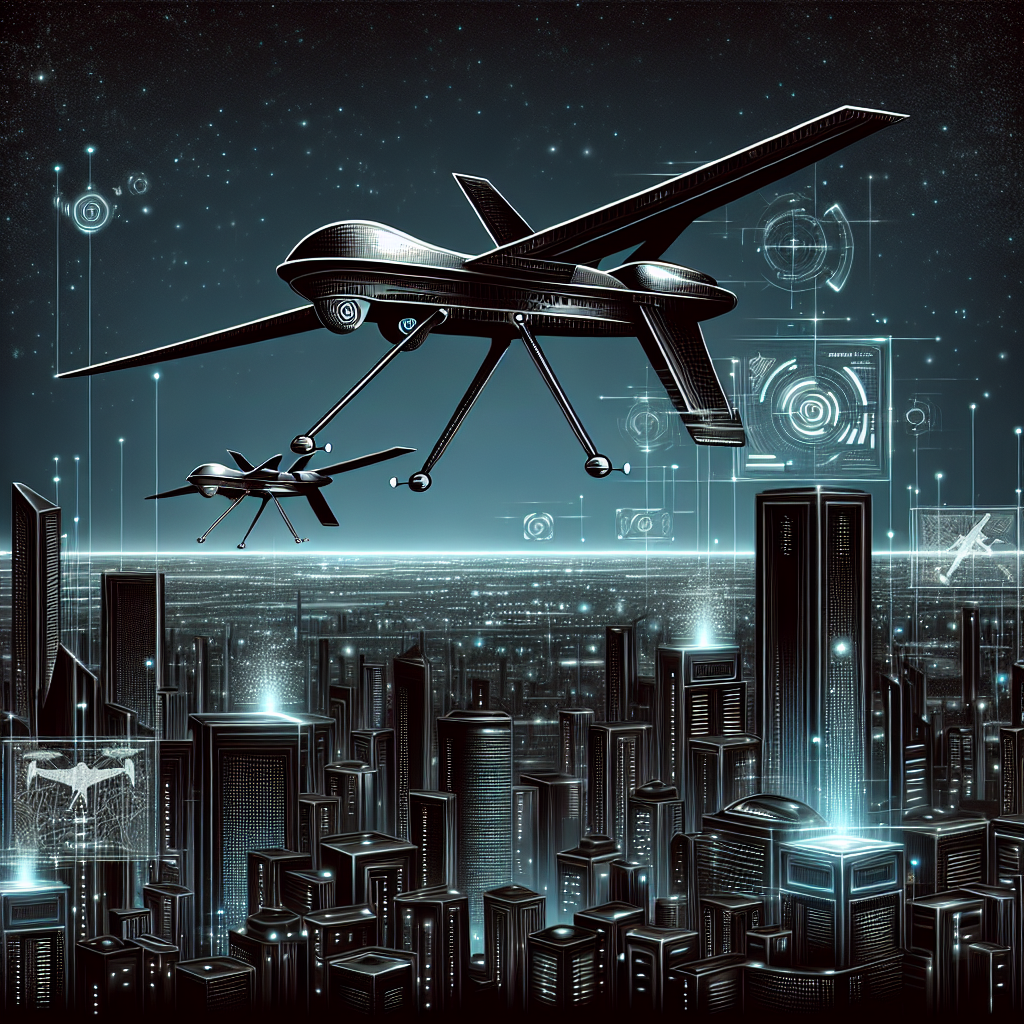Artificial Intelligence (AI) has made significant advancements in recent years, revolutionizing various industries and aspects of our daily lives. One of the most controversial applications of AI is in the development of autonomous weapons, which are weapons systems that can independently select and engage targets without human intervention. While proponents argue that autonomous weapons can increase precision and efficiency in warfare, critics raise concerns about the ethical and legal implications of delegating life-and-death decisions to machines. In this article, we will examine the risks associated with AI and autonomous weapons and explore some frequently asked questions on the topic.
Risks of AI and Autonomous Weapons
1. Lack of Human Oversight: One of the primary concerns surrounding autonomous weapons is the lack of human oversight in decision-making. Without human intervention, there is a risk of unintended consequences, such as targeting civilians or engaging in disproportionate use of force.
2. Accountability and Responsibility: Another major risk is the issue of accountability and responsibility. If autonomous weapons commit crimes or violations of international law, who should be held responsible – the developers, operators, or machines themselves? This raises complex legal and ethical questions that have yet to be adequately addressed.
3. Escalation of Conflict: The use of autonomous weapons could potentially lead to an escalation of conflict, as machines may not have the ability to assess the broader strategic context or exercise restraint in the use of force. This could result in unintended consequences and a destabilization of global security.
4. Proliferation and Arms Race: The development and deployment of autonomous weapons could lead to a proliferation of these technologies among state and non-state actors, sparking an arms race and increasing the likelihood of conflict. This could have serious implications for international security and stability.
5. Lack of Transparency and Control: The complexity of AI algorithms and the lack of transparency in their decision-making processes pose a challenge to ensuring proper control and oversight of autonomous weapons. Without a clear understanding of how these systems operate, it is difficult to assess their reliability and effectiveness.
Frequently Asked Questions about AI and Autonomous Weapons
Q: What are autonomous weapons and how do they differ from traditional weapons?
A: Autonomous weapons are weapons systems that can independently select and engage targets without human intervention. Unlike traditional weapons, which require human operators to make decisions about when and how to use them, autonomous weapons have the ability to make these decisions on their own based on pre-programmed algorithms and sensors.
Q: What are the potential benefits of autonomous weapons?
A: Proponents of autonomous weapons argue that they can increase precision and efficiency in warfare, reducing the risk of collateral damage and casualties. They can also operate in high-risk environments where it may be too dangerous for human soldiers to go, thereby enhancing military capabilities and effectiveness.
Q: How are autonomous weapons currently being used?
A: While fully autonomous weapons have not yet been deployed in any significant capacity, there are some semi-autonomous weapons systems in use today, such as drones and missile defense systems. These systems still require human operators to make key decisions, but they have elements of autonomy in their operation.
Q: What is the current international legal framework governing autonomous weapons?
A: The international legal framework governing autonomous weapons is still evolving, with no specific treaty or agreement in place to regulate their development and use. However, existing laws of armed conflict, such as the Geneva Conventions, provide some guidance on the ethical and legal considerations of autonomous weapons.
Q: What are some proposed solutions to mitigate the risks of autonomous weapons?
A: One proposed solution is to establish clear guidelines and regulations for the development and use of autonomous weapons, including requirements for human oversight and accountability. Another solution is to promote transparency and dialogue among stakeholders, including governments, militaries, and civil society, to ensure a responsible and ethical approach to the use of AI in warfare.
In conclusion, the development of AI and autonomous weapons presents both opportunities and challenges for the future of warfare. While these technologies have the potential to increase precision and efficiency in military operations, they also raise serious ethical and legal concerns that must be addressed. It is crucial for policymakers, researchers, and civil society to engage in a thoughtful and inclusive dialogue on the risks and implications of autonomous weapons to ensure that these technologies are used responsibly and in accordance with international law.

